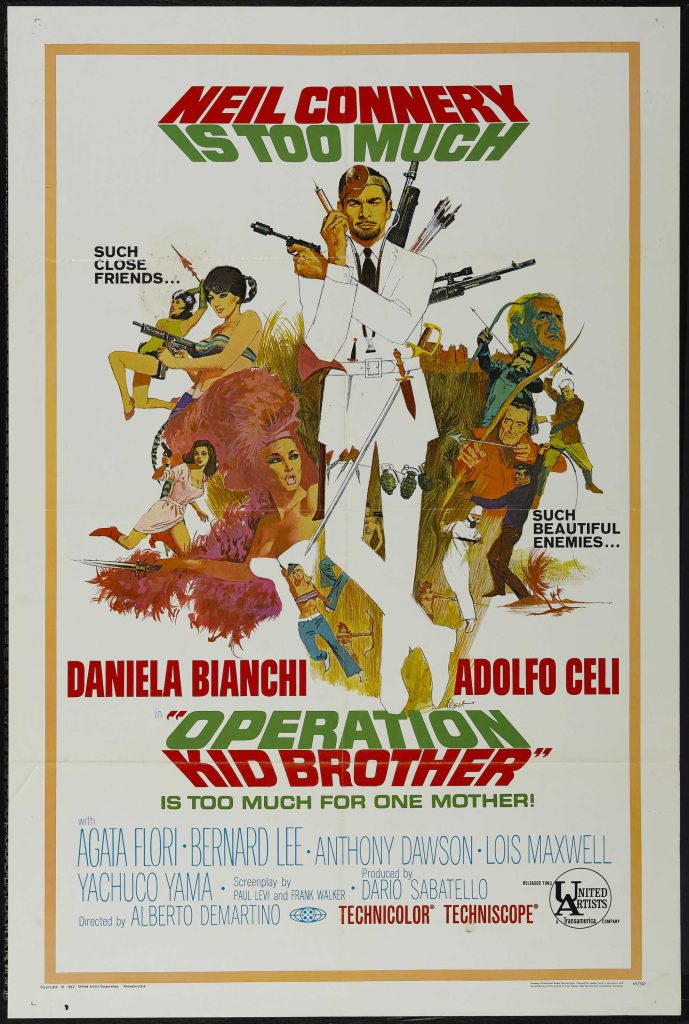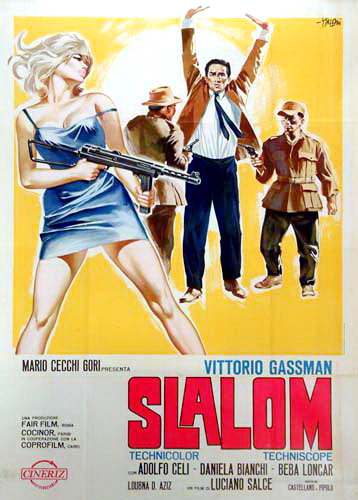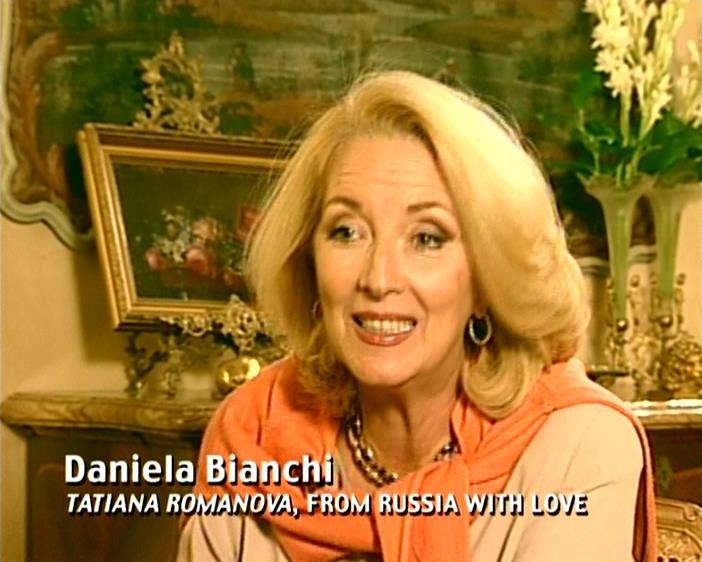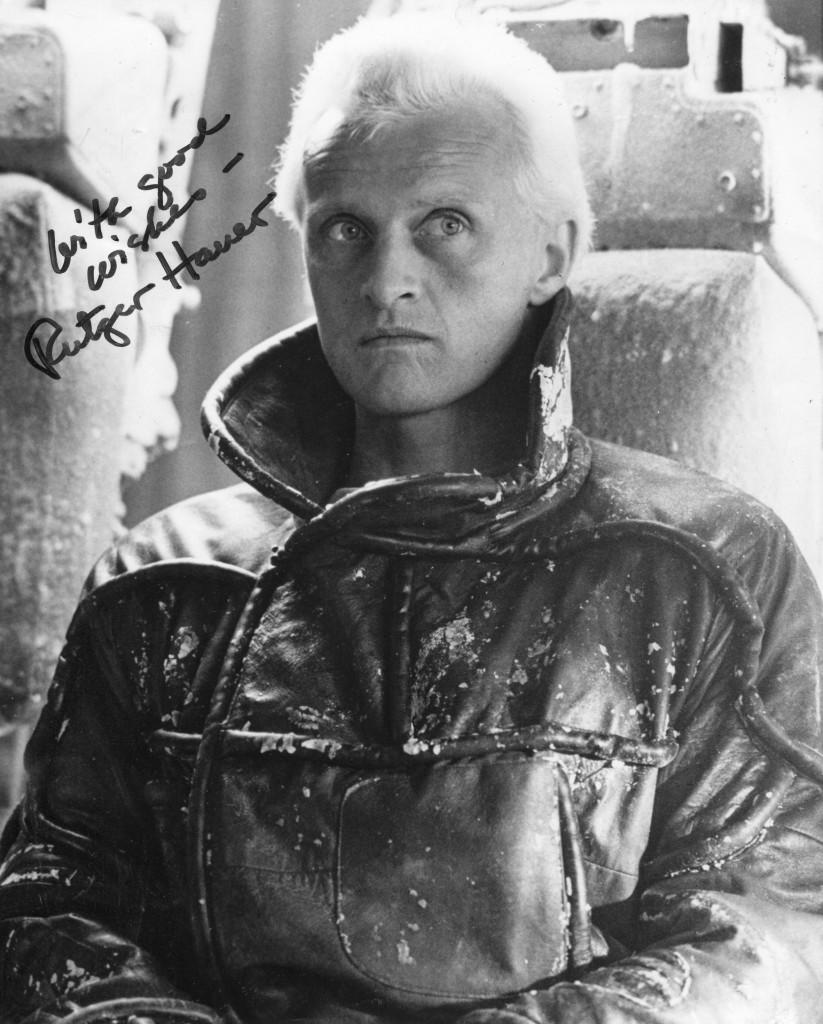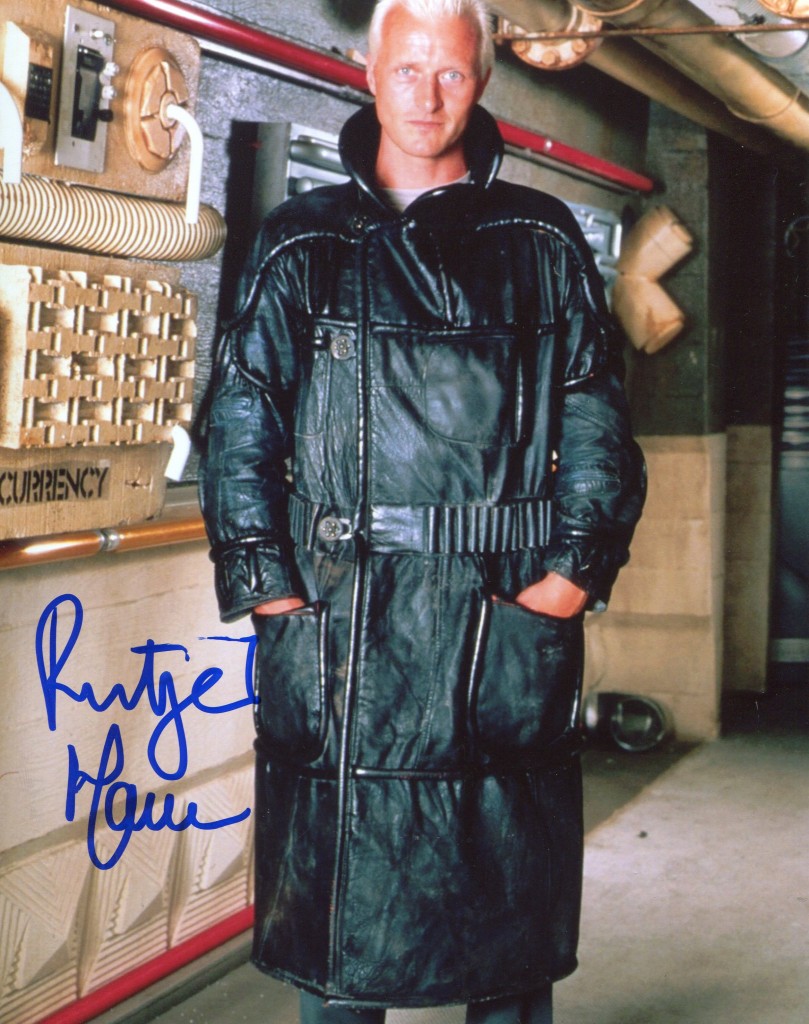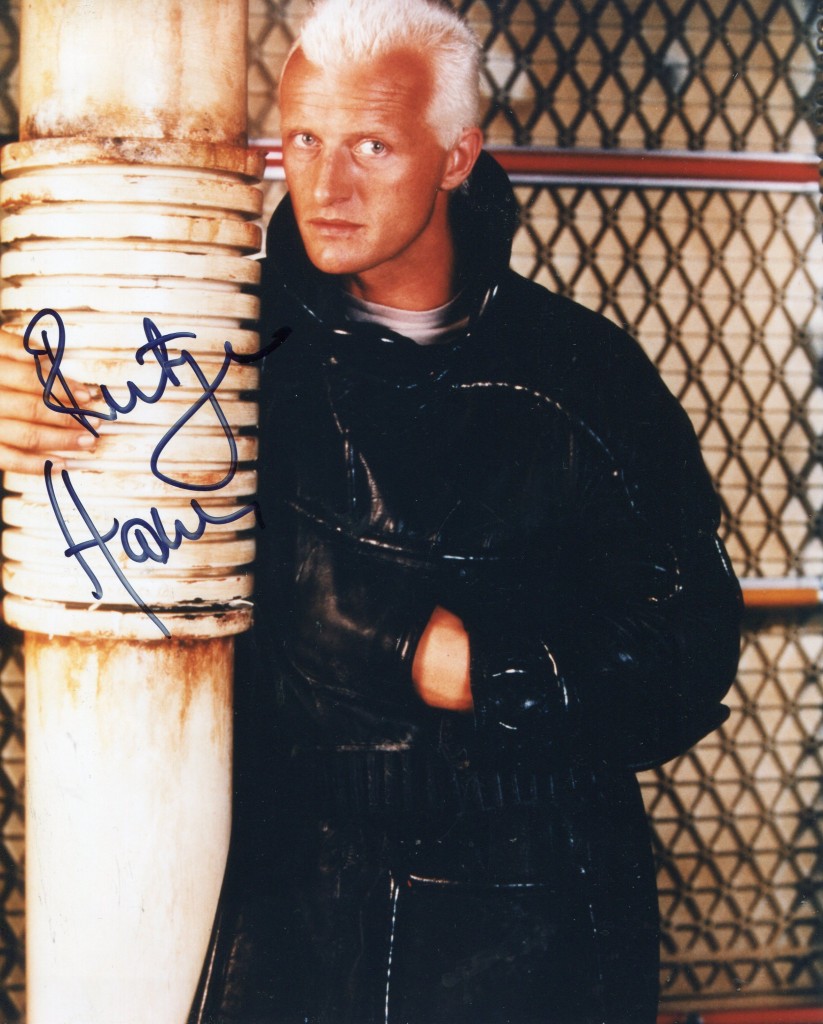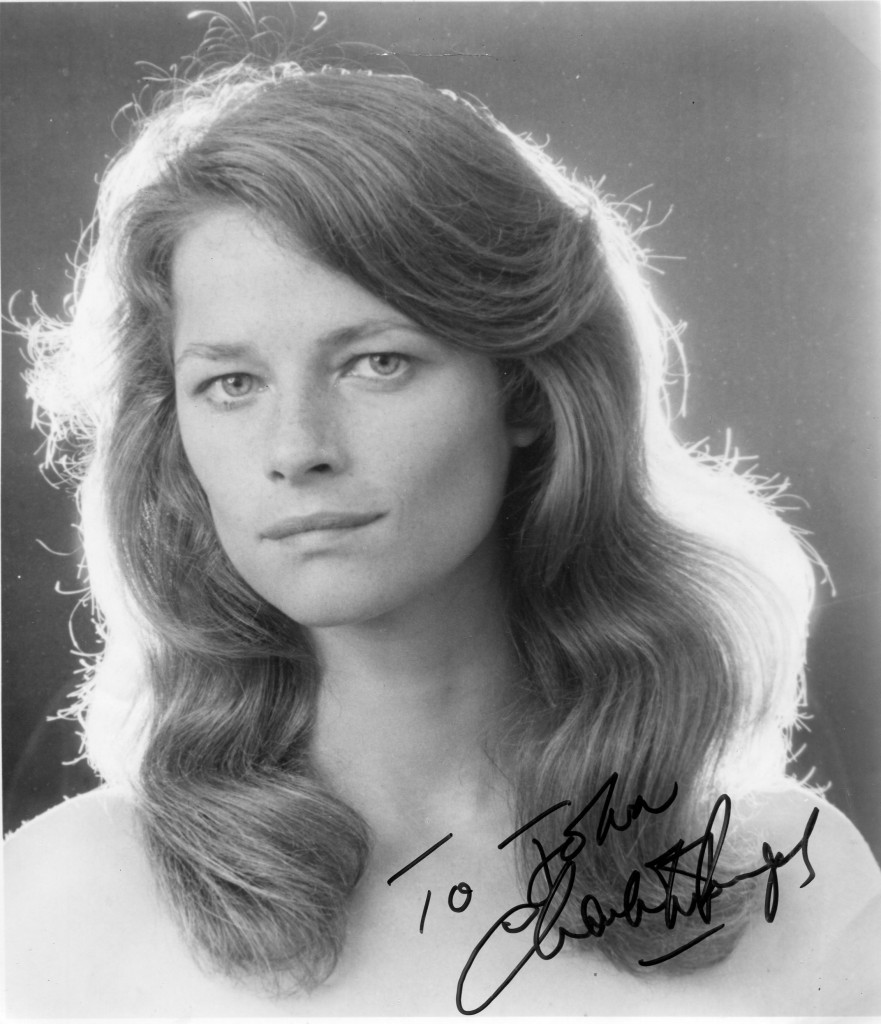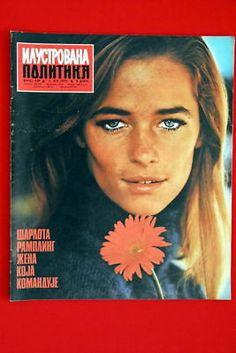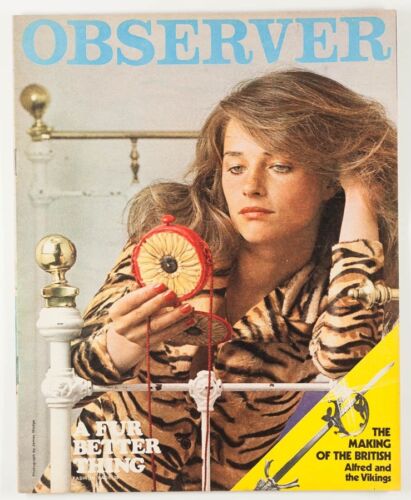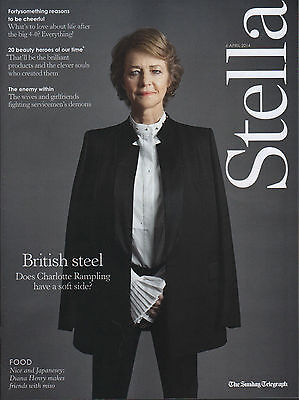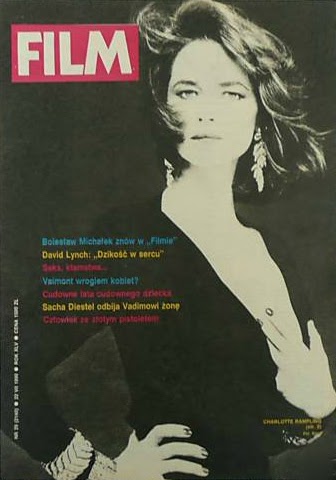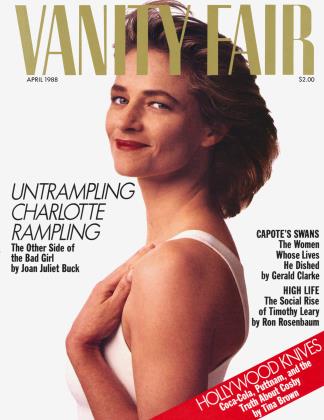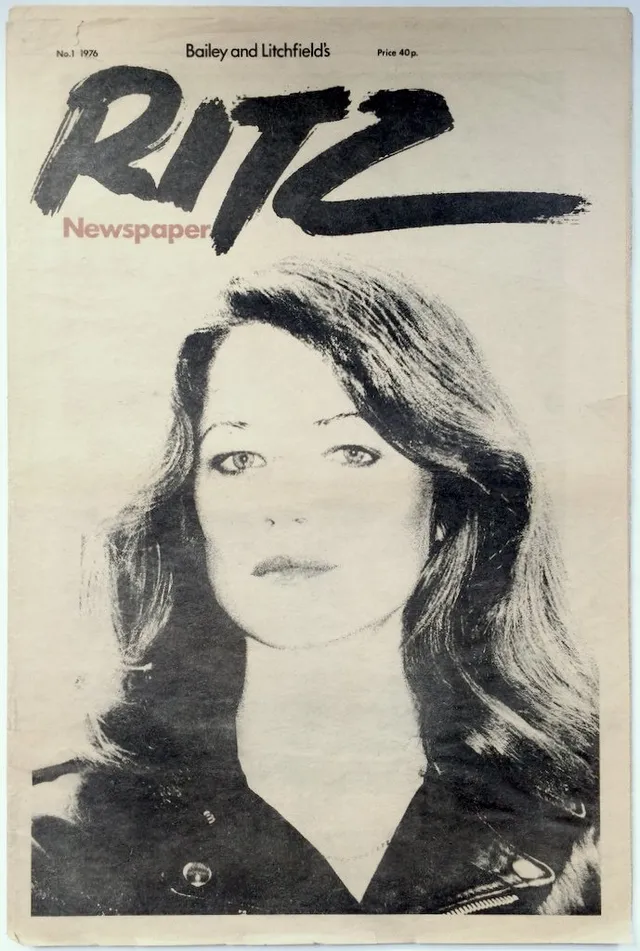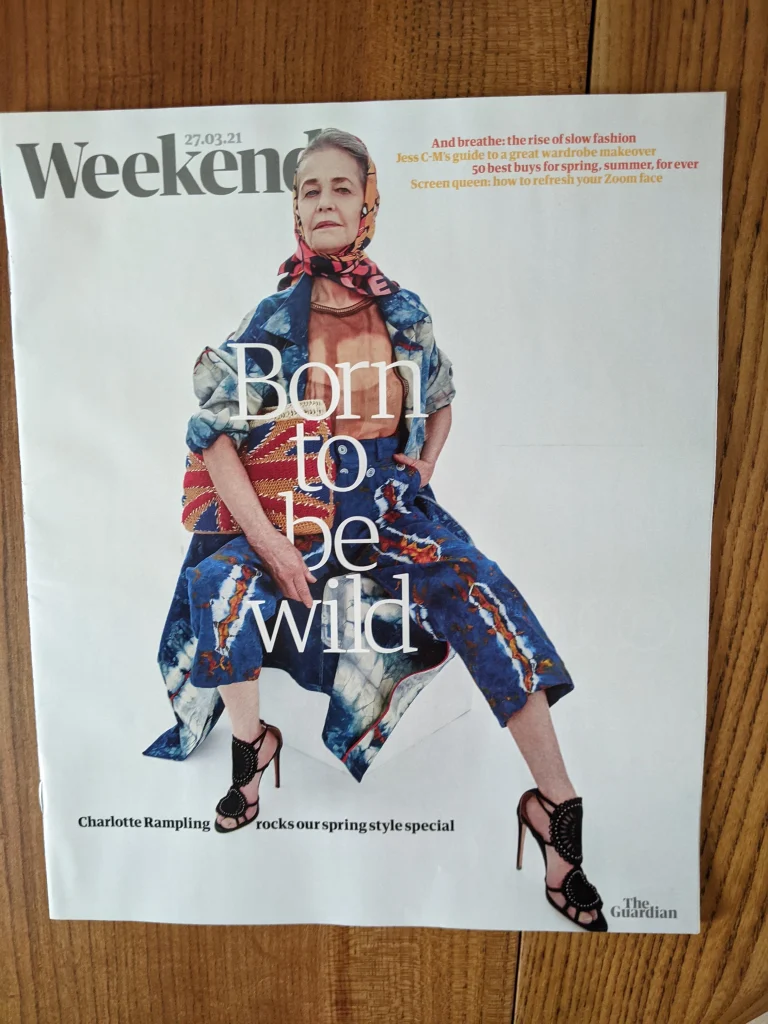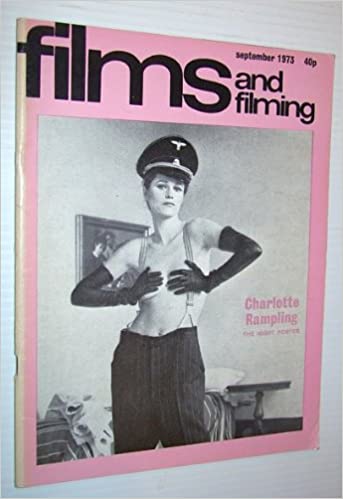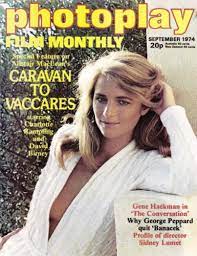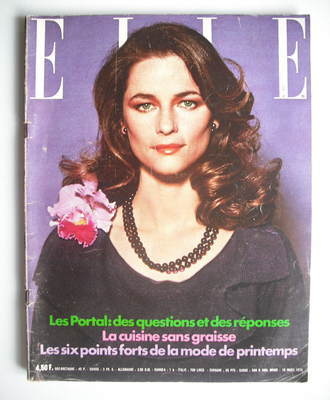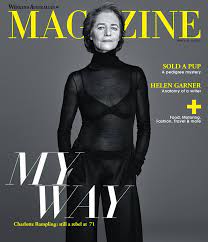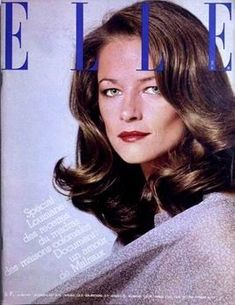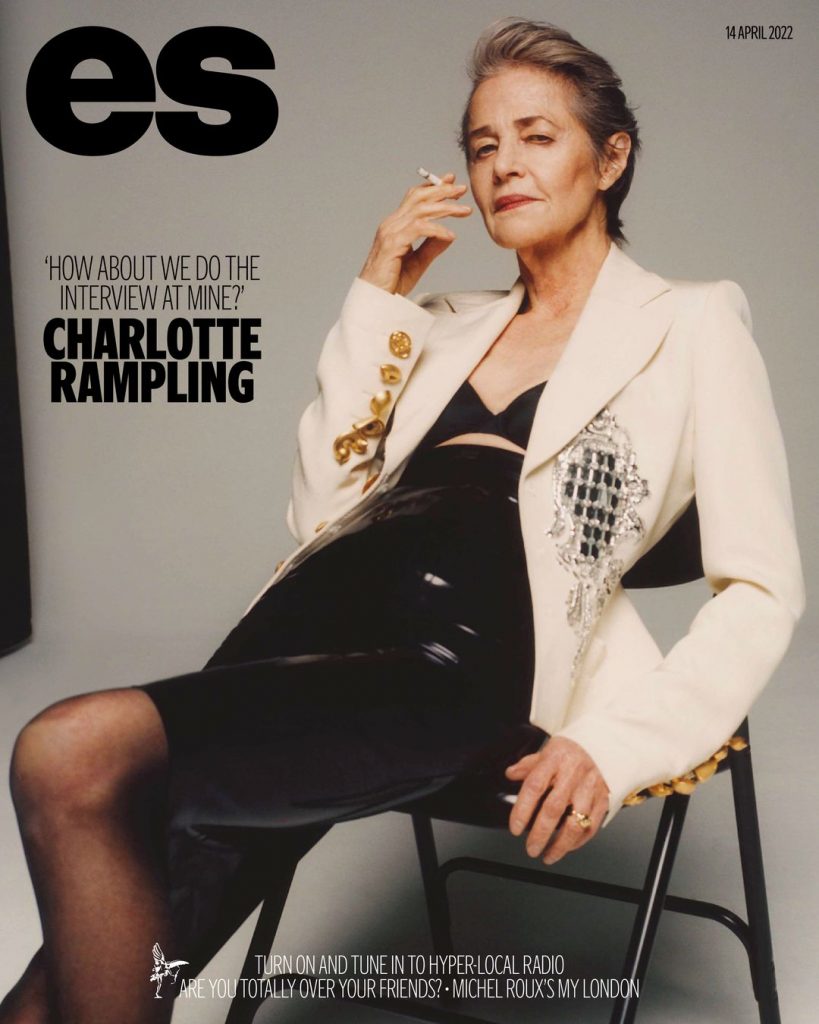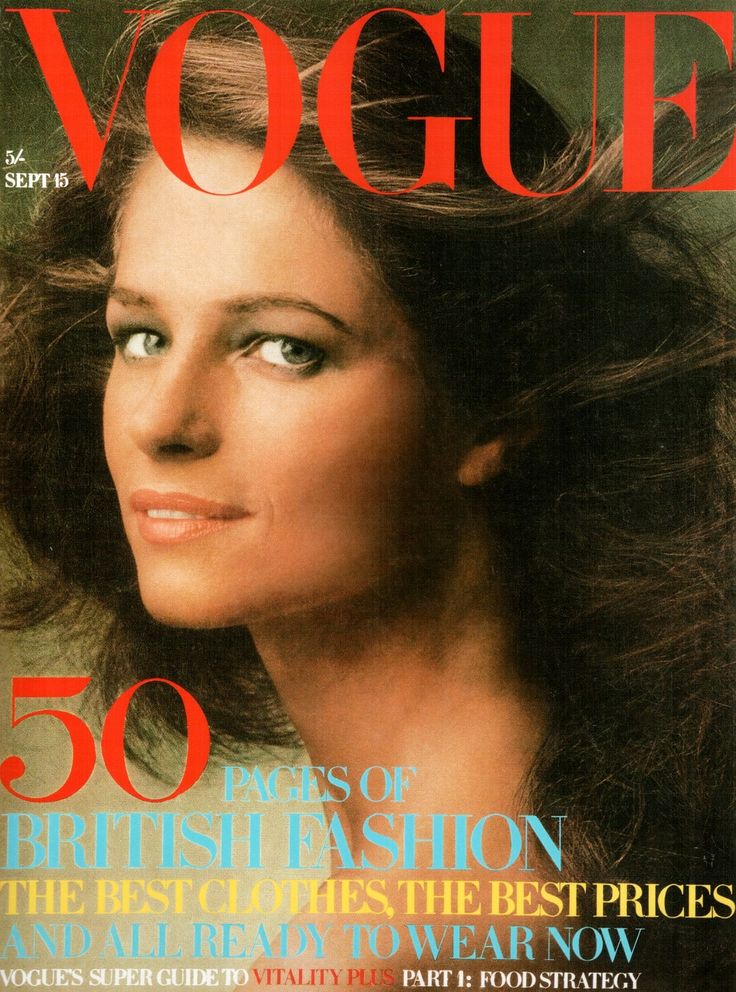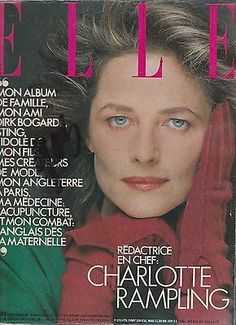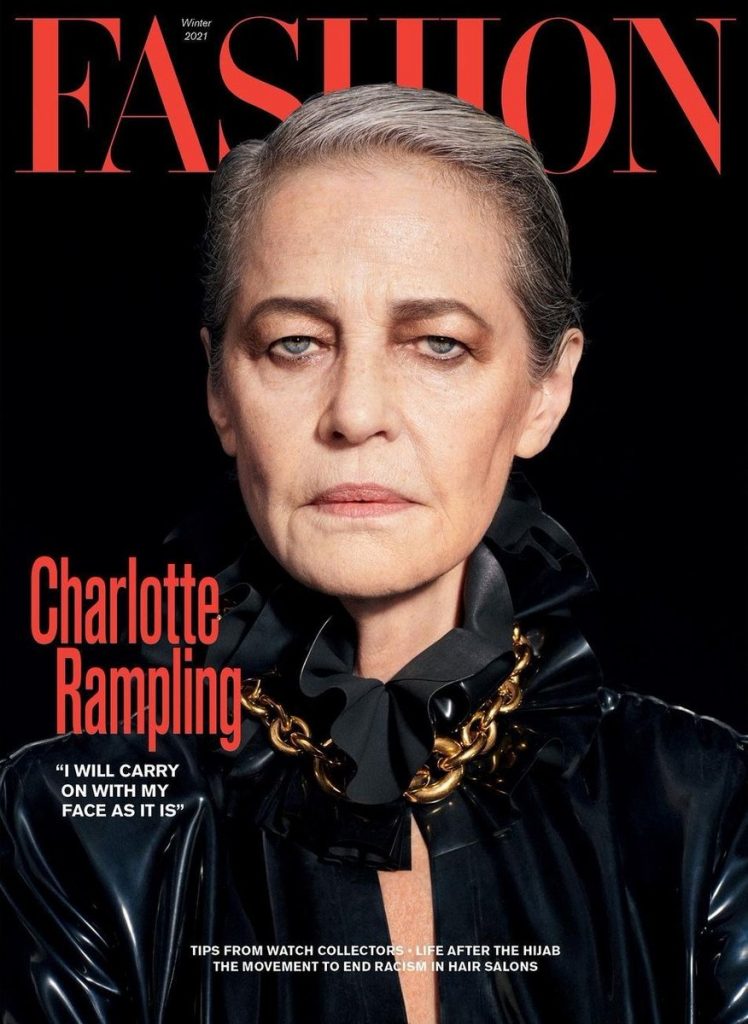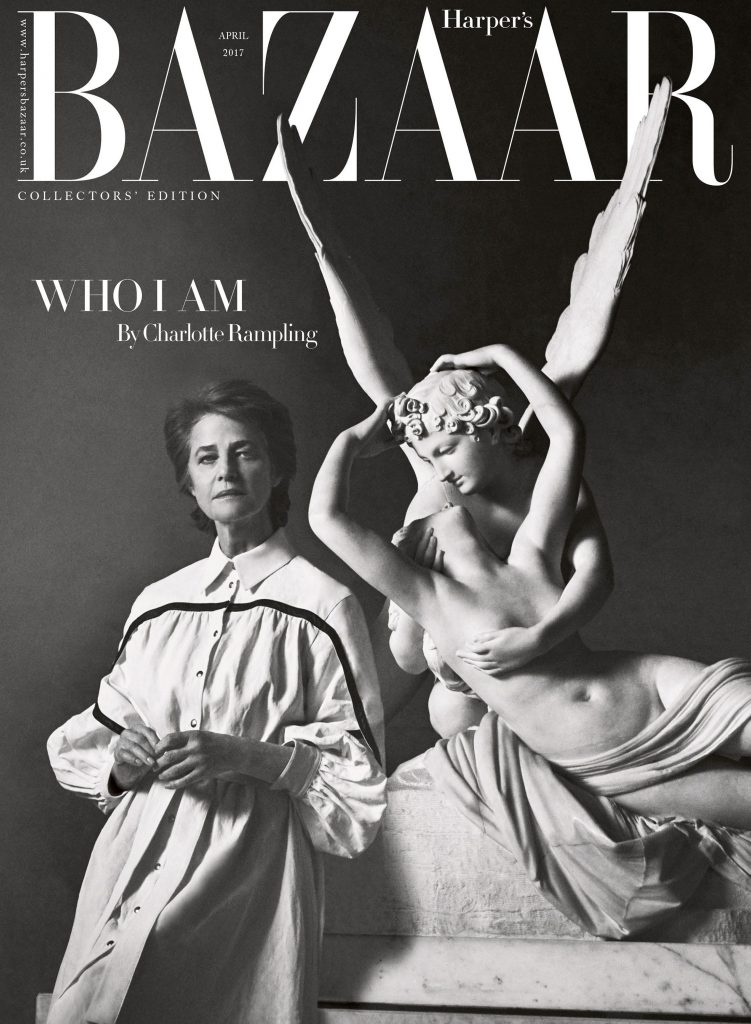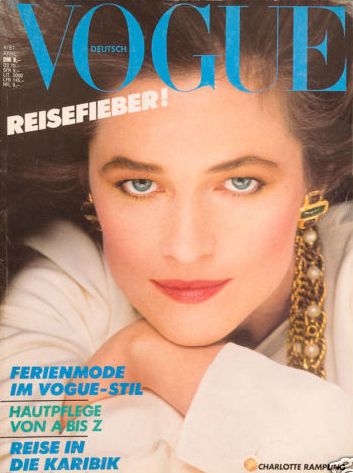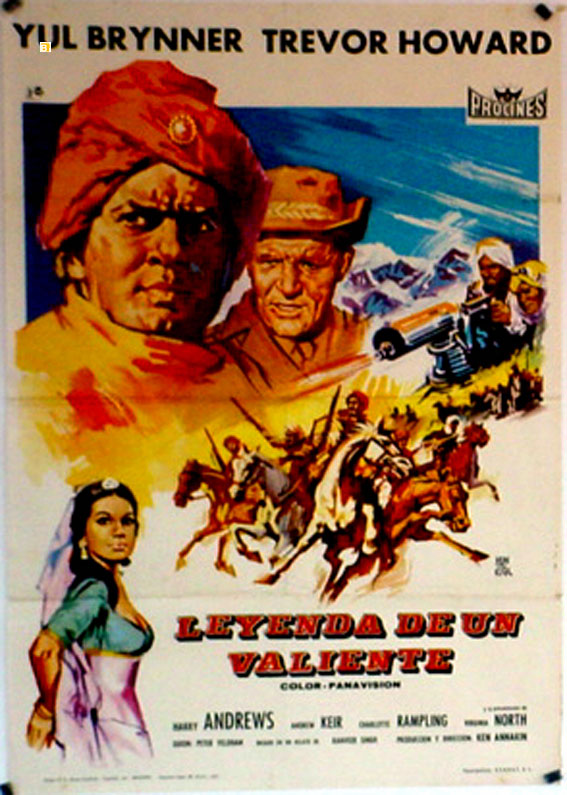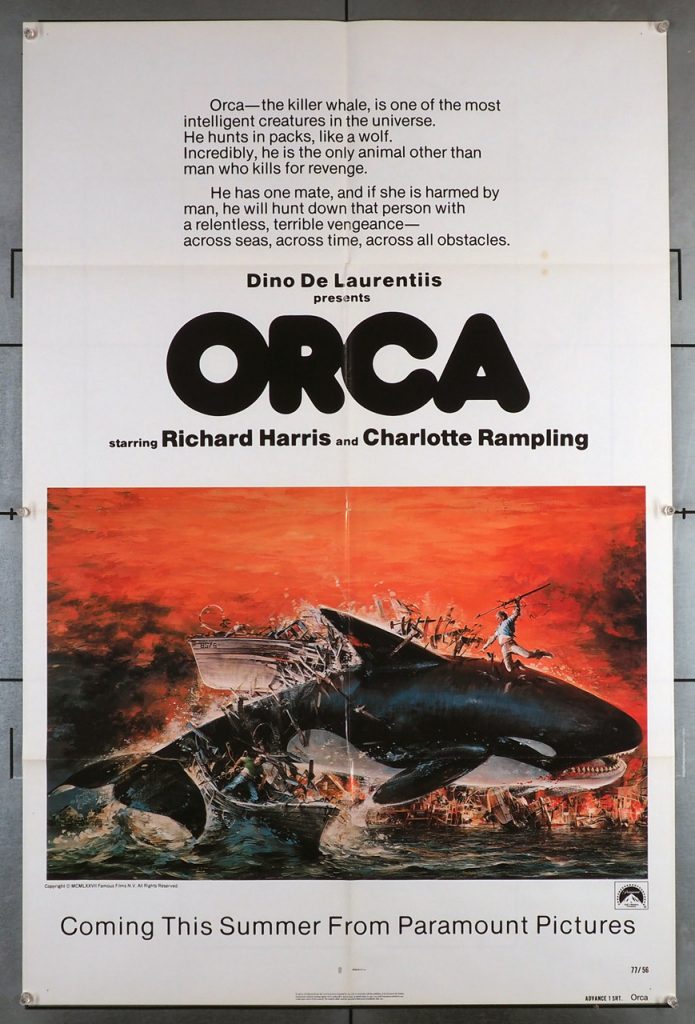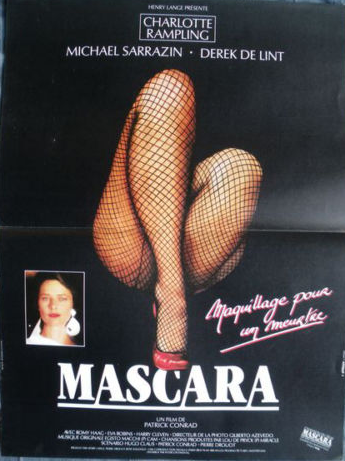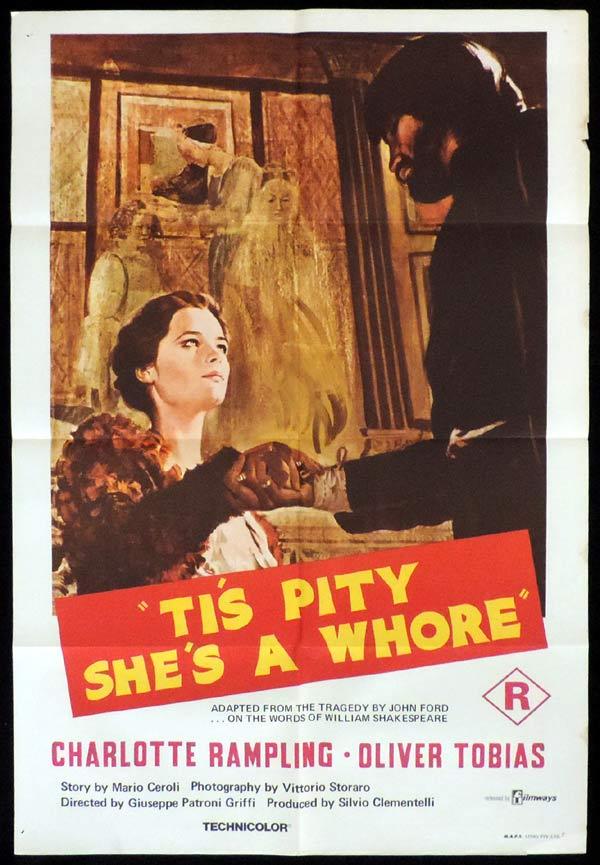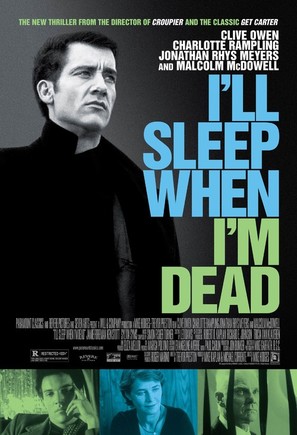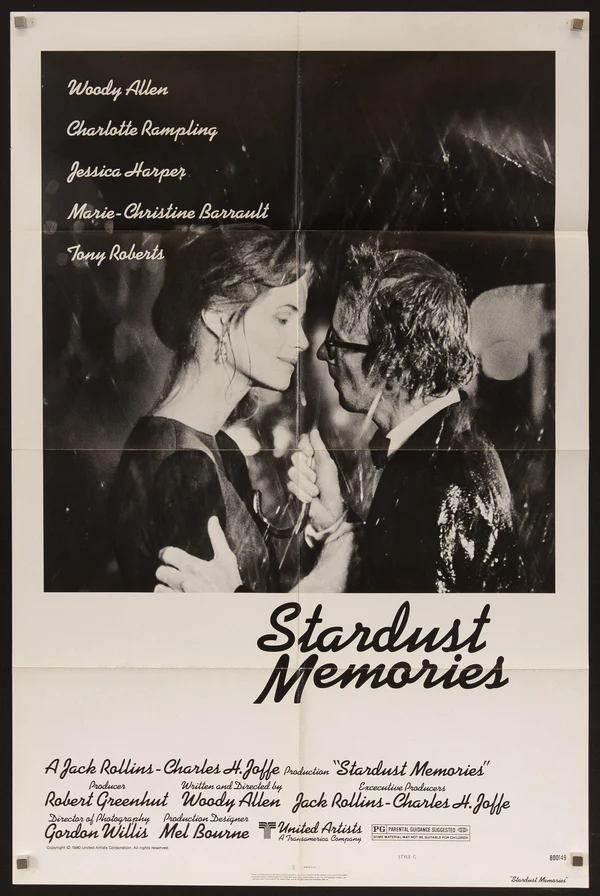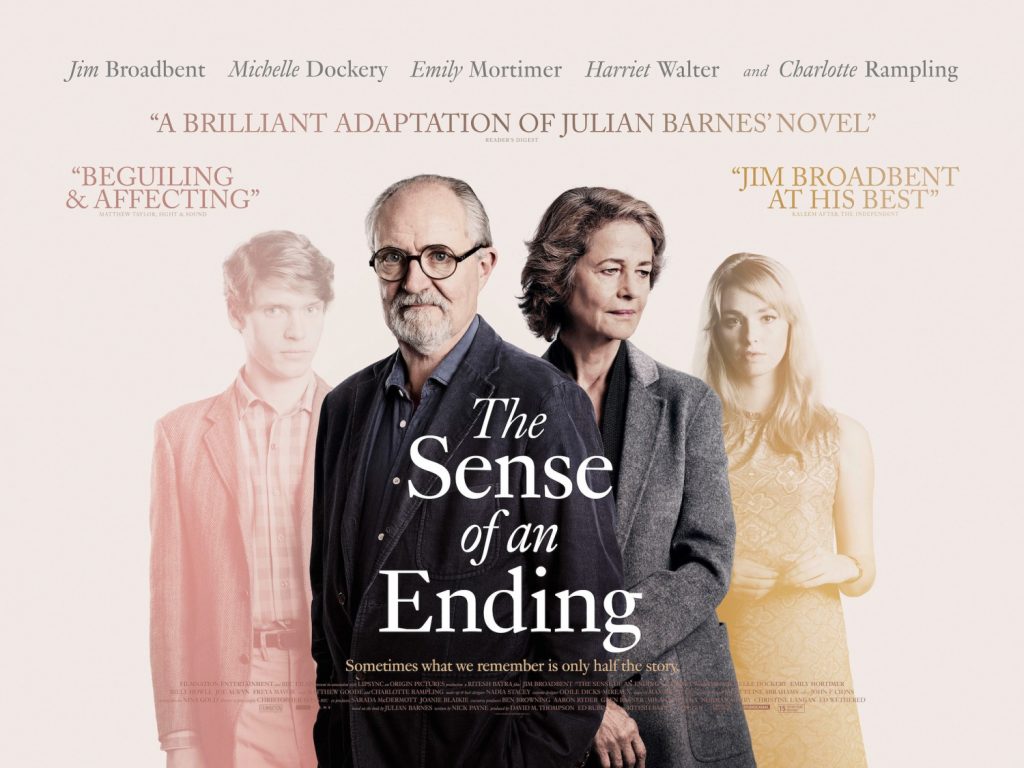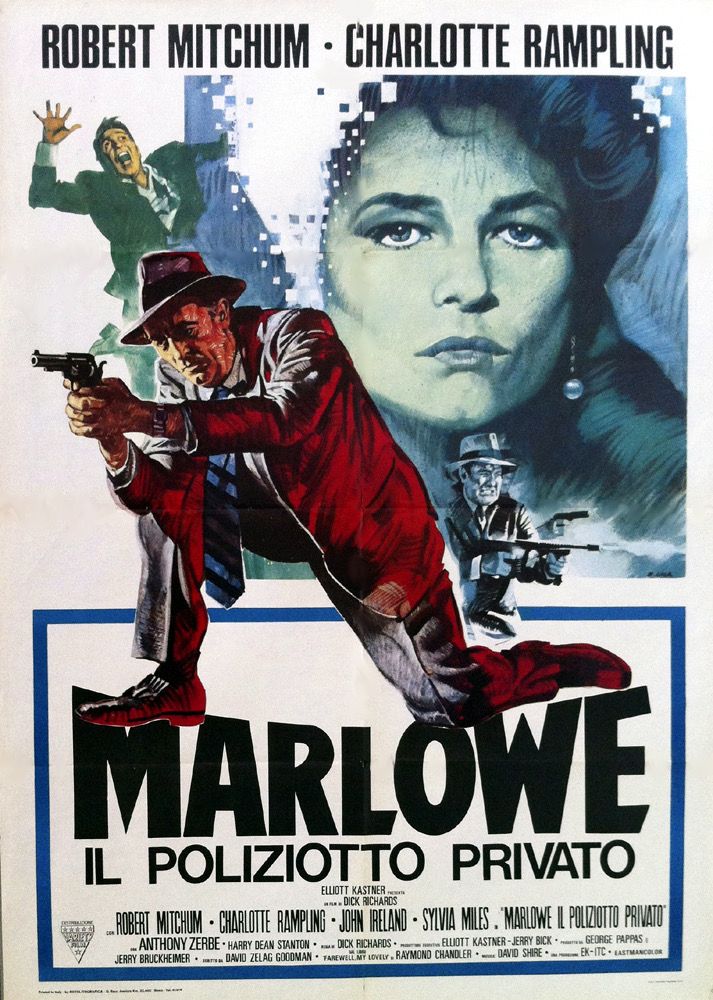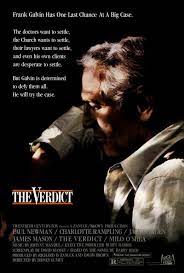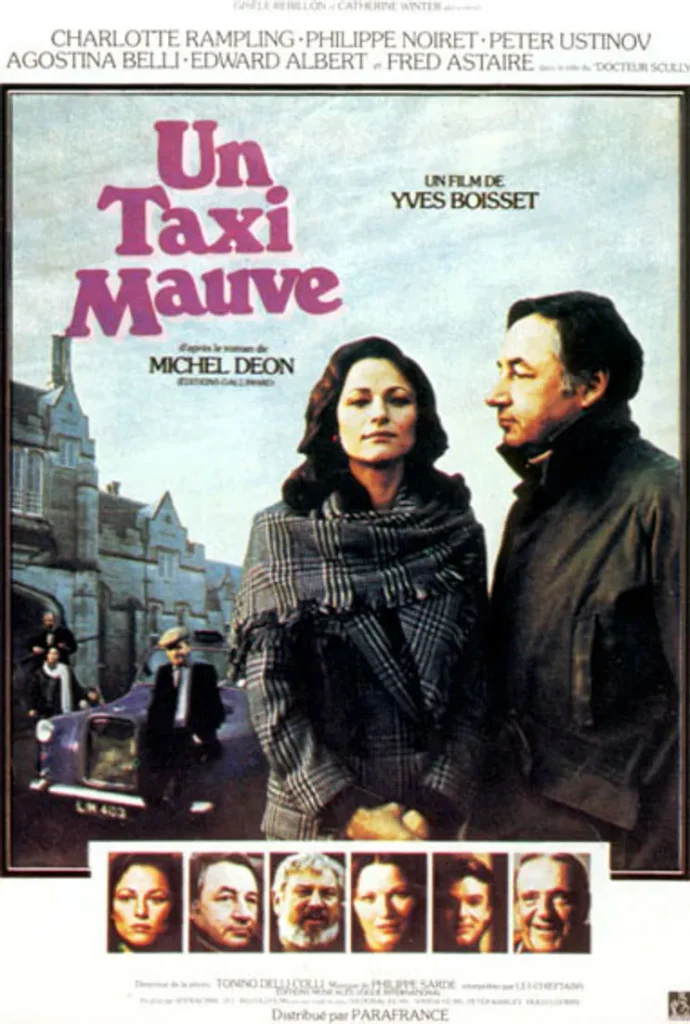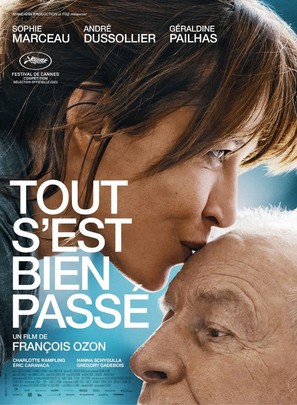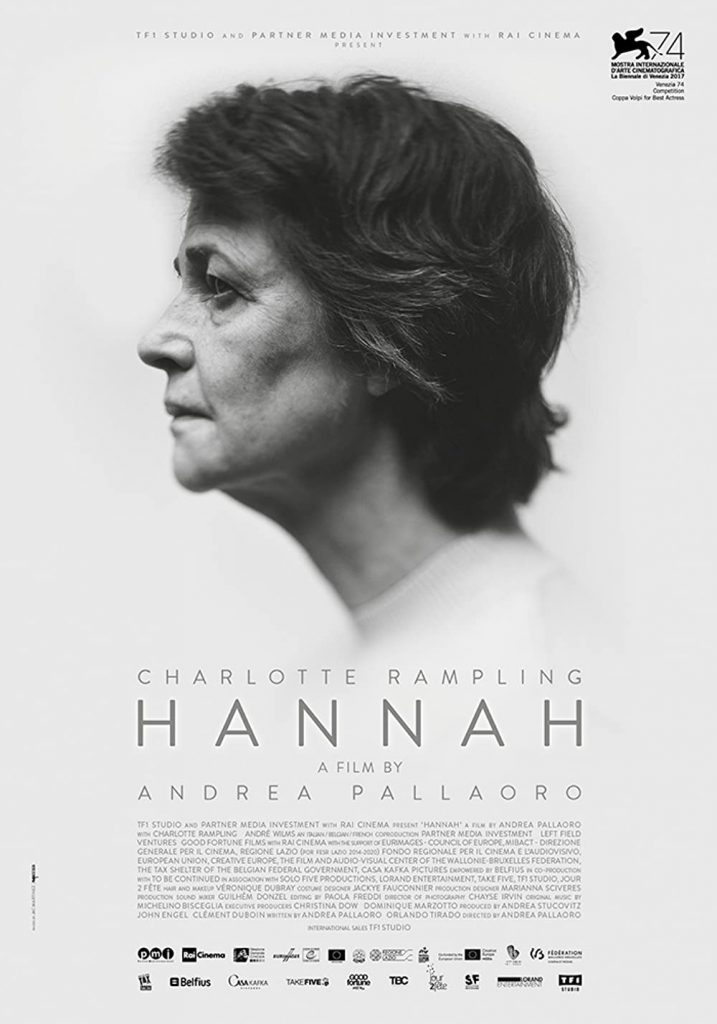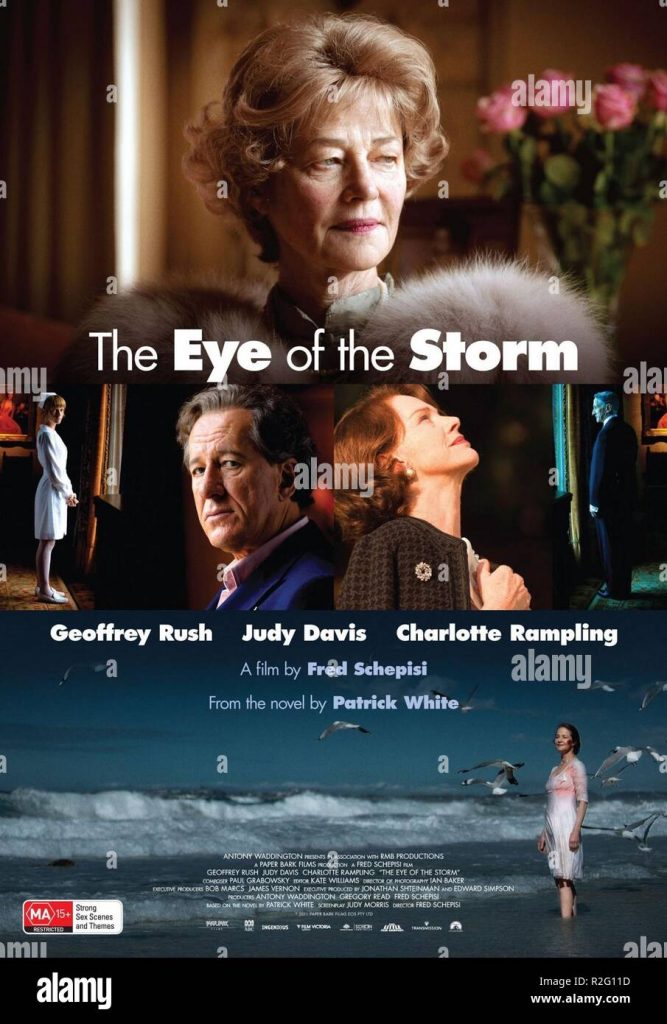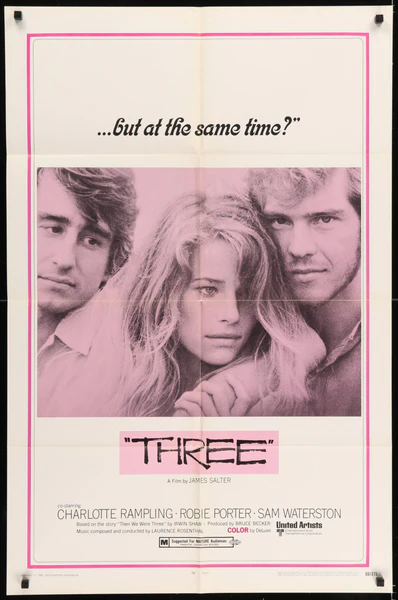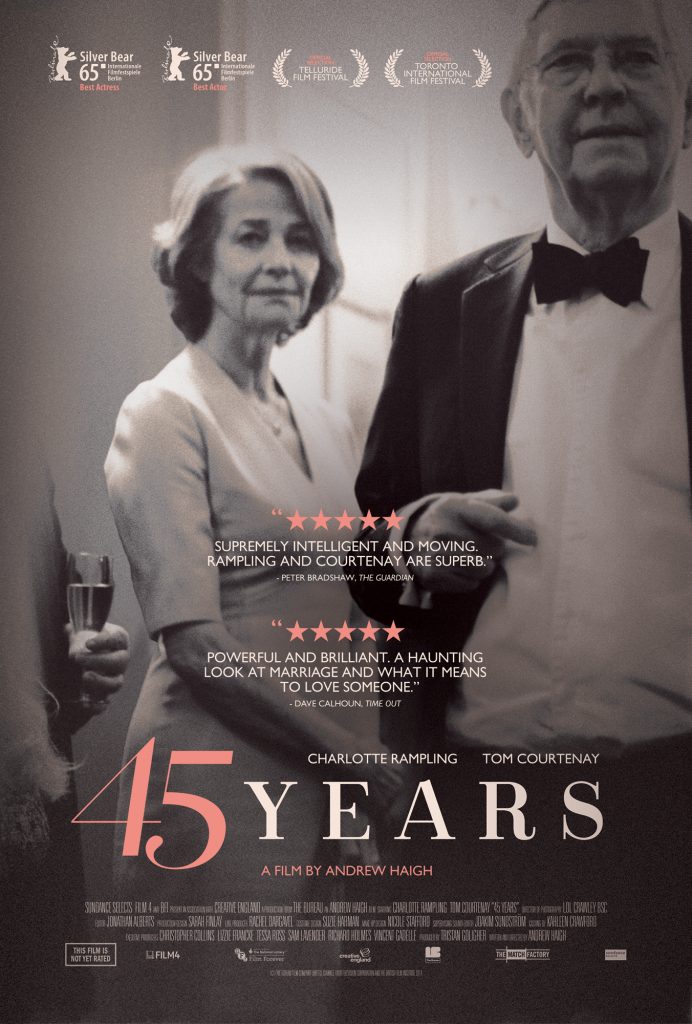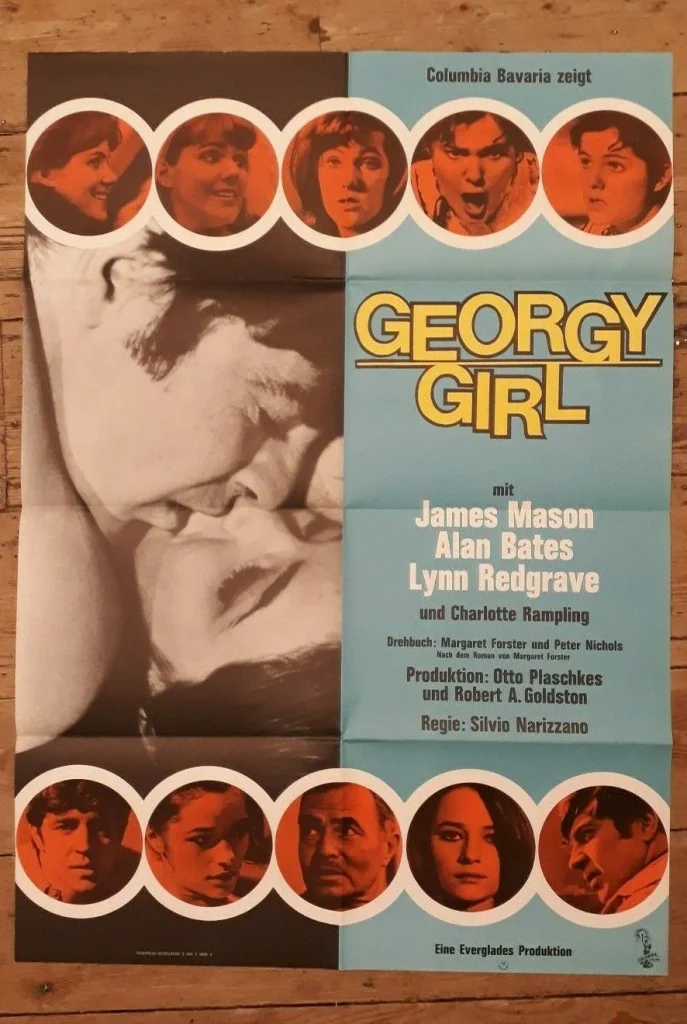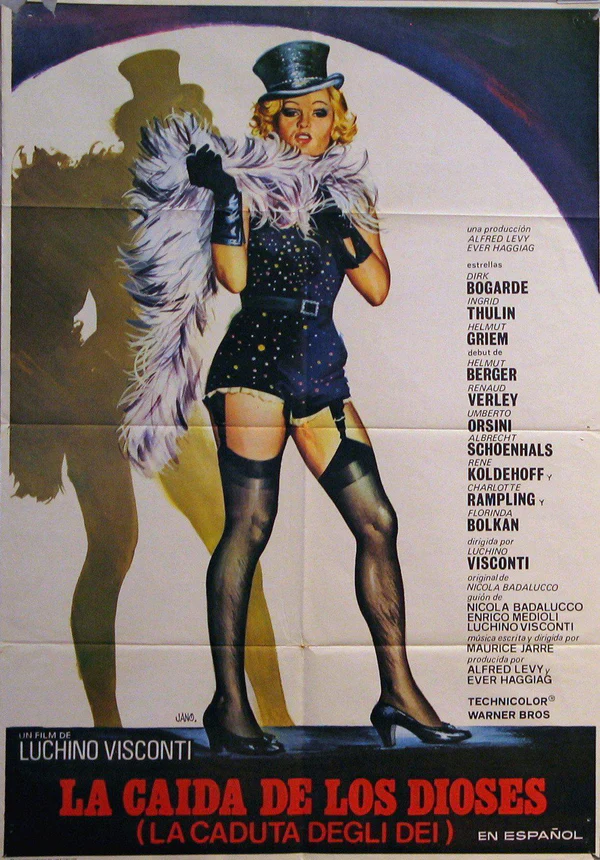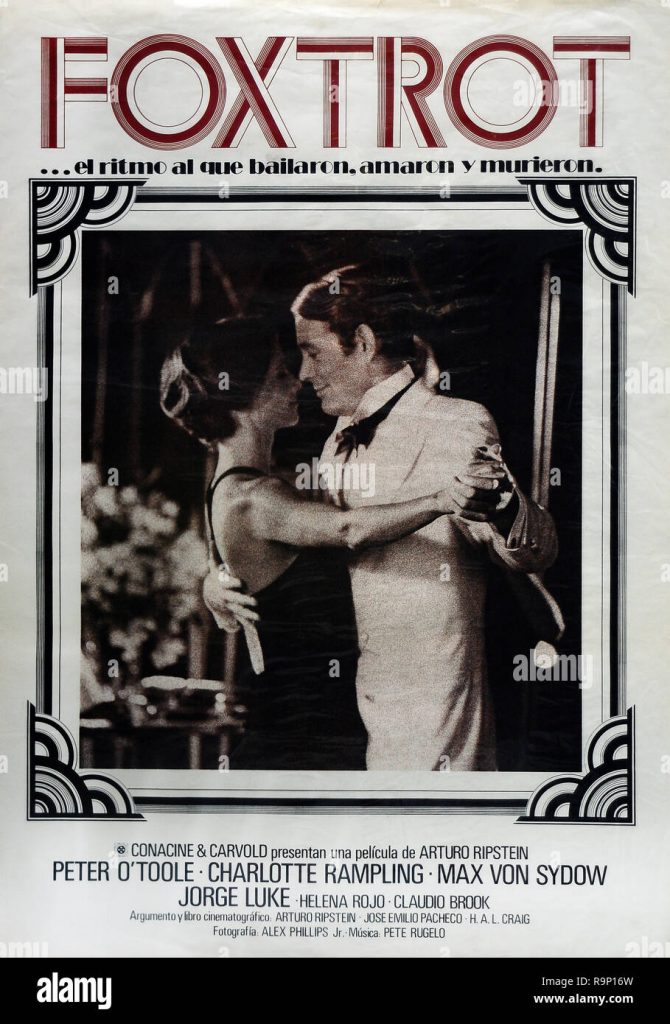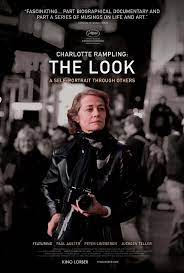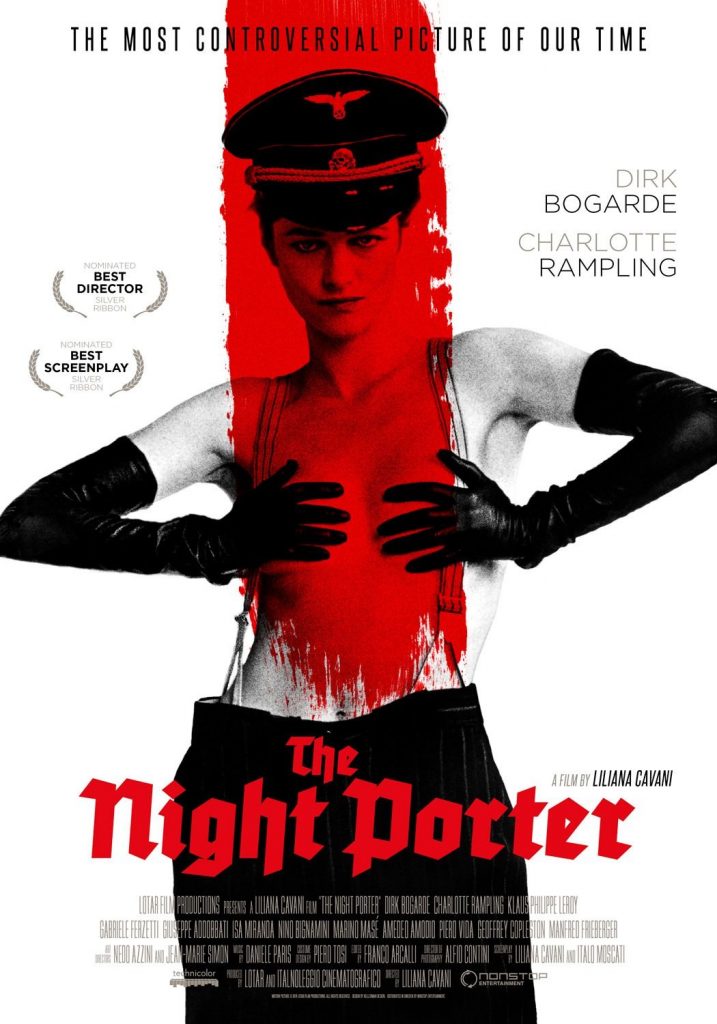We’re at Gréco’s house on the Côte d’Azur, sitting by a huge open fire crackling away in the middle of a vast whitewashed room with African masks on the walls and two big sofas. I was hoping we’d chat beneath the lemon trees on her sun terrace, but today the Côte d’Azur is buried in mist and drizzle, which lent the lush landscape a strange melancholy as I ascended the winding roads to Gréco’s den in the hills above St Tropez.
The icon of French chanson shares this place with her third husband, Gérard Jouannest, the pianist and composer who co-wrote the music and lyrics for 35 of Jacques Brel’s greatest songs, including Ne Me Quitte Pas. Gréco still looks astonishingly youthful, even though she wears no makeup, apart from her signature kohl eyeliner. This may be because she has never taken life seriously. Despite her astonishing, deep voice, she is prone to giggling like a teenager. Next to her, one can’t help feeling ancient and slow, not least because she has just released a new album – at the age of 86.
In Gréco Chante Brel, she delivers 12 songs by the Belgian legend. One of the most striking is Amsterdam, which Gréco has turned into a kind of psychedelic oratorio, evoking the Dutch capital’s prostitutes and sailors drinking themselves into oblivion. It certainly captures Brel’s dark inner world. “I met Brel in 1954,” she says. “He was a gentle genius. His world, unlike mine, is violent and coarse, but the great thing about being a woman is I don’t have to imitate him. I can be myself.”
This, besides her singing, has always been Gréco’s great talent: being herself, a survivor, unique and untamed. Gréco was just 16 when the Gestapo arrested her and her older sister in Paris in 1943. Their mother, arésistante, had vanished shortly before. Gréco was released, alone, a few months later. Wearing just the blue cotton dress she’d had on when she was arrested, and with no home to return to, she stepped out of the notorious Fresnes prison into one of the coldest winters on record – and walked the eight miles back into town.
She turned to her mother’s friend Hélène Duc, an actor and fellowrésistante who lived in a shabby little hotel. Duc found her a room and some food, but Gréco had nothing to wear apart from that blue dress and raffia sandals. “I was so cold and so hungry,” she says, “that I stayed in bed for two years.” Male friends, aspiring actors and art students, gave her clothes. Except they were far too big, so she rolled them up: shirts, jumpers, jackets, trousers, the lot. In the streets and cafes, heads turned – and a new fashion was born. And a star, too. Gréco’s look and intense gaze would soon be immortalised by the giants of photography: Willy Ronis, Henri Cartier-Bresson and Robert Doisneau all shot Gréco.
Postwar life was harsh: food was scarce, housing shabby, but the feeling of freedom was a joy. “We were poor,” she says. “But it didn’t matter, for we were free at last, and we all shared the little we had.” Gréco, like all the artists and intellectuals of the time, lived on the left bank, renting a room with a bath tub. She never locked it, so other people could use it. “The room wasn’t great for sleeping: there were always a few friends who needed a shower in the middle of the night. I’d find some of them asleep in the corridor – they’d passed out before reaching the door.”
Gréco in 1961. Photograph: Erwin Lowe/RexWith her long black hair and fringe, her penetrating stare and her oversized clothes, Gréco became the left bank’s muse, its existentialist mascot, the gamine girl photographers never tired of. She was keen on acting, but when she started singing, things took off in that direction. “I wanted to be a tragedian, but a friend suggested I use my voice differently. I loved poetry and literature, so why not voice poems?” Voicing is a good way of describing Gréco’s singing style. “I am no Maria Callas, that’s for sure,” she laughs, “but I have had this truly astonishing career, touring the world, singing all those wonderful things in front of large crowds.”
She chose poems by the likes of Jacques Prévert and asked composers to set them to music. One was Joseph Kosma, who wrote soundtracks forJean Renoir. When she sang Parlez-Moi d’Amour, it was a sign that her days of earning a paltry five francs per show were over. This 1930s classic, now recorded in 37 languages, is one of those inimitable chansons about love and kissing that made French singers – fromCharles Trenet to Georges Brassens to Serge Gainsbourg – famous the world over. Gréco joined their ranks, and now Prévert was writing songs for her. And Jean-Paul Sartre, too.
Yes, Sartre penned songs for Gréco. Ah, those were the days. “Gréco has a million poems in her voice,” wrote the world’s most famous intellectual. “It is like a warm light that revives the embers burning inside of us all. It is thanks to her, and for her, that I have written songs. In her mouth, my words become precious stones.”
Men were drawn to her. Women, too. Maurice Merleau-Ponty, the phenomenological philosopher, fell in love with her; Simone de Beauvoir, acting as chaperone, introduced her to Truman Capote and William Faulkner (who looked the other way when, starving, she stuffed her bag with petits fours at a famous publisher’s cocktail party). Miles Davis, playing in Paris with Dizzy Gillespie, fell madly in love with her. “Sartre asked Miles why we didn’t get married, but Miles loved me too much, he said, to marry me. You’d be seen as a ‘negro’s whore’ in the US, he told me, and this would destroy your career. We saw each other regularly until his death. He was one of the most elegant men I have known.”
Davis was just one in a long list of suitors: Gréco has left dozens of heartbroken men in her wake. Two committed suicide, and a few others made failed attempts. The press tried to make her feel responsible. “I don’t care what they say,” she wrote in Jujube, her 1982 autobiography. “I don’t believe I can inspire such passion.” Other men who fell for her included the Hollywood tycoon Darryl F Zanuck, who gave her starring roles in John Huston’s Roots of Heaven and Richard Fleischer’s Crack in the Mirror.
“I played alongside Orson Welles in both,” she recalls. “I don’t think I have ever laughed as much in my life as during those years. The writerFrançoise Sagan was always visiting me then, too – she was barely 20 and really wicked, in the nicest way. We were like children. Orson was a genius and a gentle ogre, Françoise was extraordinarily witty. We loved eating, drinking and being merry. You should have seen us all after a dinner, roaring with laughter in St Tropez’s deserted streets at night. We were very naughty.”
The movie mogul David O Selznick once sent Gréco his private plane so she could join him for dinner in London. He offered her a seven-year contract in Hollywood. “I declined politely, trying not to laugh,” she says “It felt too inappropriate. Hollywood was definitely not for me.” There was also the great French actor Michel Piccoli, who won her over during a dinner by making her laugh for the whole evening. “A few weeks later, we were married. And then, after a while, we both stopped laughing.”
Our conversation returns to Paris in 1943. She lived off Viandox – a cheap meat broth much like Bovril, served hot in cafes – and earned scraps here and there, working in theatre and films as an extra, always trying to get more parts. When Paris was liberated in August 1944, she went every day to the Lutétia hotel, where survivors from concentration camps were arriving. One day, among a crowd of skeletal, liberated prisoners, she spotted her sister and mother. “What I endured in occupied Paris was nothing compared to their two years in Ravensbrück,” she says. “We held each other tight, in silence. There were no words for what I felt at that instant.”
Gréco is still in constant demand, and France’s fascination with her shows little sign of dwindling. Hedi Slimane, the fashion designer and creative director for Yves Saint Laurent, recently photographed Gréco and asked her to be YSL’s brand ambassador. And today, when she walks the streets of Paris, women of all ages stop her and tell her she’s been an inspiration to them. “Phew,” she says, roaring with laugher. “I have been useful after all.”
Some even ask if they can give her a kiss. What does she say? “Please do!”
• Gréco plays the Paris Olympia on 16 and 17 May.
• This article was amended on 19 February 2014. An earlier version spelled David O Selznick’s name as David O’Selznick.
The above “Guardian” article can aso be accessed online here.

































































